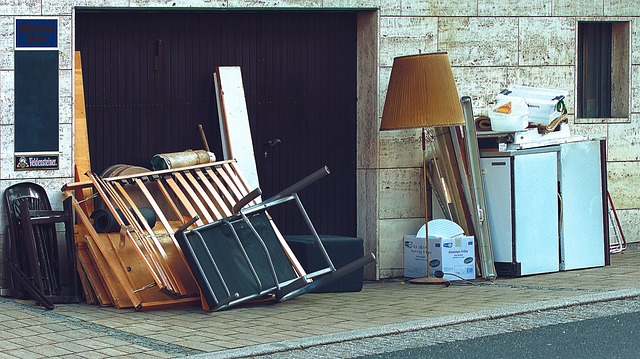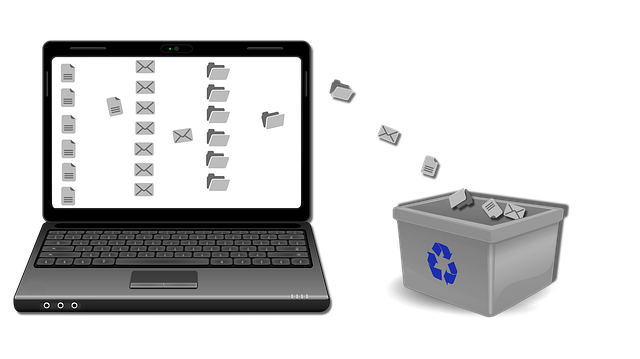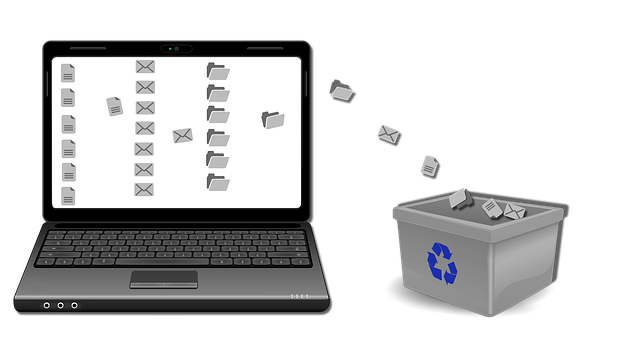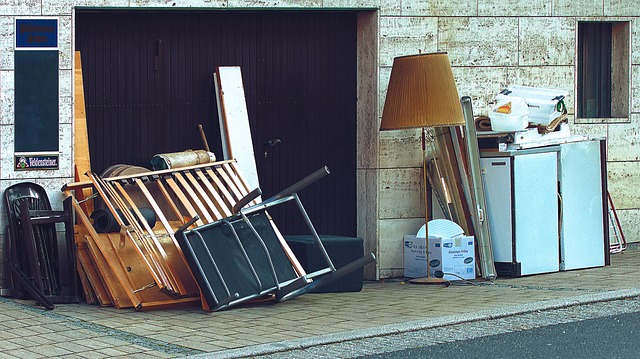Before implementing home organization solutions, assess your current situation by taking inventory of your possessions and understanding daily routines. Categorize items like kitchenware, clothing, books, and electronics, observe how you use each space, and design an organizational system tailored to your lifestyle. Follow a two-step process: first, unclutter by letting go of unnecessary items; then, establish effective storage systems for different item types. Regular decluttering sessions and stylish, practical storage solutions lead to successful home organization and decluttering. Sorting and categorizing belongings into groups like kitchenware, clothing, books, and electronics gains clarity on what needs regular attention, with essentials easily accessible. Efficiently use space with labeled storage solutions for a clutter-free environment that simplifies maintenance. Effective home organization saves time and prolongs the life of possessions.
Tired of feeling overwhelmed by your cluttered home? Discover the ultimate guide to transforming your living space into a serene, organized sanctuary. From assessing your current situation and identifying clutter hotspots to implementing smart storage solutions and maintaining long-term organization, we’ve got you covered. Learn effective decluttering techniques, establish a personalized maintenance schedule, and involve your family in keeping things tidy. Embrace a calmer, more efficient home with our comprehensive home organization and decluttering tips.
- Assessing Your Current Situation
- – Identifying Clutter and Disorganization
- – Categorizing Items and Establishing Priorities
Assessing Your Current Situation

Before jumping into any home maintenance organizational solutions, it’s crucial to start by assessing your current situation. Home organization and decluttering are not one-size-fits-all processes; they need to be tailored to your unique living space and habits. Begin by taking stock of what you have—from furniture and appliances to clutter and unused items. Create categories for different types of items, such as kitchenware, clothing, books, and electronics. This step will help you identify areas that require the most attention and where improvements can be made.
Next, consider your lifestyle and daily routines. How do you currently use each space in your home? Do you have designated areas for specific activities, or does everything end up in the same pile? Understanding how you interact with your living space is key to designing an organizational system that works for you. By combining this self-awareness with a clear assessment of your possessions, you can start to envision a more streamlined and efficient home environment.
– Identifying Clutter and Disorganization

Uncluttering your home is a crucial step in achieving optimal organization. The first step in this process is identifying clutter and disorganization. It often starts with recognizing areas that have become traps for miscellaneous items, such as piles of papers on countertops or overflows from storage bins. Engaging in regular decluttering sessions can help you let go of items no longer needed, reducing the overall volume of stuff in your space.
Home organization goes beyond just decluttering; it’s about establishing systems that keep things in their place. By categorizing and storing items appropriately, you create a structured environment that prevents clutter from creeping back in. This involves considering storage solutions tailored to each type of item—from stylish baskets for blankets and toys to elegant holders for books and decorative objects—ensuring everything has its designated spot, making it easier to maintain order over time.
– Categorizing Items and Establishing Priorities

Getting started with home maintenance organizational solutions begins with categorizing items and establishing priorities. The first step is to sort through your belongings, separating them into distinct categories such as kitchenware, clothing, books, and electronics. This process helps in identifying what needs regular upkeep, repair, or even disposal. Once categorized, prioritize items based on their use and the level of organization they require. High-priority items like kitchen essentials and frequently used tools should be easily accessible and well-maintained.
Next, consider the space available and allocate areas for each category. Efficient storage solutions like labeled shelves, clear containers, or hanging organizers can make organizing a breeze. Decluttering is an integral part of this process; get rid of items no longer needed or used to create a clutter-free environment that promotes easier maintenance. By keeping your home organized, you not only save time but also ensure the longevity of your possessions.
Organizing your home doesn’t have to be a daunting task. By assessing your current situation, categorizing items, and establishing priorities, you can take significant steps towards a more organized and clutter-free space. Remember, home organization and decluttering are ongoing processes—it’s about creating a sustainable system that works for you. Start small, stay consistent, and watch as your living spaces transform into calming oases of order and efficiency.
